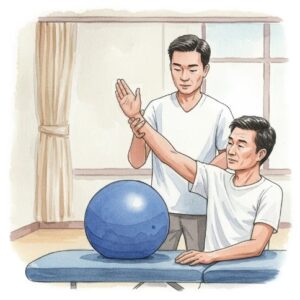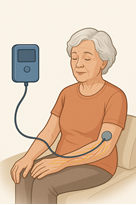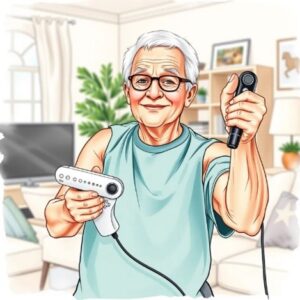Interventions for improving upper limb function after stroke: a Cochrane overview of reviews
Here at NESSIE, we are keen to let you know about another new review we have started working on. We are really excited to be updating the 2014 Cochrane overview of Interventions for improving upper limb function after stroke, which since publication has had over 57,000 full text views and been cited in 14 guidelines.
This means that the overview is in the top 50 most accessed reviews in the Cochrane Library!
What is an overview?
An overview is similar to other Cochrane Systematic Reviews in that it aims to identify, appraise and synthesise research evidence to answer a research question. Cochrane systematic reviews commonly include randomised controlled trials (RCTs) but overviews include systematic reviews. This can be really helpful in areas where there is a lot of research literature published. The 2014 Cochrane overview included 40 systematic reviews which contained 503 studies so analysing and summarising this information can be really helpful for health and social care professionals delivering rehabilitation.
Since 2014 new evidence has been published including new types of treatments (interventions) so the overview needs updated. You can find a link to our protocol here.
Why is upper limb function after stroke important?
Movement of the hand and arm is commonly affected after stroke which can make doing everyday activities such as getting dressed or cooking really difficult, leading to poor quality of life and increased anxiety. Improving the function of the hand and arm is an important aspect of rehabilitation after stroke and if not treated can lead to secondary problems such as pain and shortening of muscles. There are lots of different treatments used for arm rehabilitation following stroke so finding out what works best for different patient groups is important. A few of the treatments are pictured below:
 Here a physiotherapist is supporting someone’s arm during treatment
Here a physiotherapist is supporting someone’s arm during treatment
 This shows someone using mirror therapy
This shows someone using mirror therapy
 This picture shows someone receiving functional electrical stimulation (FES)
This picture shows someone receiving functional electrical stimulation (FES)
 Here someone is using a gaming device to help improve their arm and hand movement
Here someone is using a gaming device to help improve their arm and hand movement
What is NESSIE doing?
So far, the online databases have been searched, and the NESSIE team are currently reviewing over 3000 systematic reviews to see if they meet our criteria.
Patient and Public Involvement in this review
We have two members of the public working on this overview with us – a NESSIE co-applicant who has been a carer for someone affected by stroke and a person who has had a stroke. They have read and commented on our protocol, and they helped draft an information sheet to share with people affected by stroke. You can find an example of the information sheet here.
Our researcher visited a local stroke group twice to hand out the information sheet and speak with people affected by stroke and their carers. We asked them to tell us about the treatments they had received and whether they had helped with their upper limb function.
We have also met with over 20 health professionals who work in stroke care and discussed the treatments for improving upper limb function that were identified in the 2014 overview. They shared new and current treatments that are in use today. This has helped us with the planning of this overview.
All this information will be important when we analyse the results of the overview.
If you would like to keep up to date with the progress of this review why not subscribe to our blog?
Written by Dr Bridget Davis & Dr Katie Thomson
Images created using Padlet




Recent comments